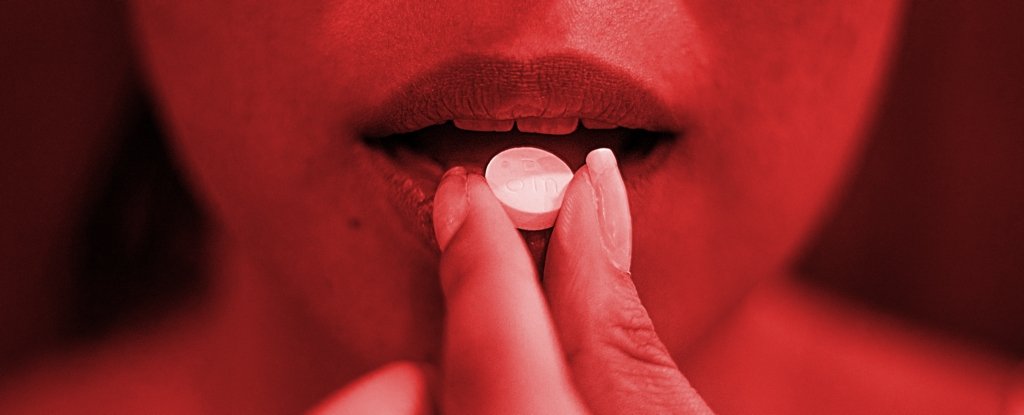The Food and Drug Administration took 130 enforcement actions against counterfeit medication rings from 2016 through 2021, according to my new study published in the journal Annals of Pharmacotherapy.
Such actions might involve arrests, confiscation of products or counterfeit rings being dissolved.
These counterfeiting operations involved tens of millions of pills, more than 1,000 kilograms (2,200 pounds) of active ingredient powder that could be turned into pills in the US, and hundreds of millions of dollars in sales.
Unfortunately, with over 11,000 rogue pharmacy sites selling drugs on the internet, these actions barely scratch the surface.
The FDA's Office of Criminal Investigations conducts and coordinates criminal investigations into manufacturers and individuals violating federal drug laws. The agency maintains a database with links to press releases for their enforcement actions.
Overall, in 64.6 percent of cases in that five-year period, the counterfeit products were sold over the internet, and in 84.6 percent of the enforcement actions taken, the products were obtained without a prescription.
Many of the counterfeit drugs were for controlled substances like opioids such as oxycodone and hydromorphone and stimulants such as those commonly used to treat attention-deficit/hyperactivity disorder, as well as benzodiazepines, which are used for anxiety and sleep.
China, India, Turkey, Pakistan, and Russia were the most common countries supplying US consumers with counterfeit drugs.
Why it matters
The World Health Organization states that approximately 11 percent of medications sold in developing countries are counterfeit, resulting in 144,000 additional deaths annually from imitation antibiotics and anti-malarial drugs alone.
My previous study also documented 500 childhood deaths attributed to diethylene glycol – a common additive in antifreeze – being added to knockoff cough suppressants as a sweetener.
In addition, from November 2021 to February 2022, countrfeit versions of drugs used for chronic conditions – such as the transplant medication tacrolimus, sold under the brand name Limustin, and the anticoagulant rivaroxaban, or Xeralto – were found on Mexican pharmacy shelves.
In the US, the Drug Quality and Security Act of 2013 secures the medication supply through a national electronic track-and-trace system that allows a specific medication to be followed from the manufacturer to the pharmacy.
While the medications in licensed US pharmacies are secure, a Kaiser Family Foundation survey found that 19 million people in America obtained prescription medications that are likely counterfeit through non-US licensed internet pharmacies or while traveling abroad.
The National Association of Boards of Pharmacy found that 96 percnet of the 11,688 internet pharmacies they analyzed did not comply with US federal or state laws. Of these, 62 percent did not reveal their physical location and 87 percent were affiliated with "rogue networks of internet drug outlets".
The FDA offers some guidance to help consumers determine whether an online product is legitimate.
Opioids, benzodiazepines, and stimulants are highly addictive and dangerous when taken inappropriately or when used together.
While these counterfeit medications may look legitimate, the active ingredients that are supposed to be in these controlled substances are frequently replaced with more dangerous alternatives like fentanyl. Four in 10 counterfeit opioid pills containing fentanyl harbor a potentially lethal dosage.
According to the Drug Enforcement Administration, the US confiscated 9.5 million counterfeit pills from April 2020 to April 2021 – more than the previous two years combined. This is a likely driver of the 100,306 drug overdose deaths in the US over that time.
Rogue online pharmacies frequently use social media platforms to reach potential customers. This suggests that more needs to be done by online platforms like social media, online forums and search engines to identify and stop illegitimate sellers of prescription drugs online.
People buying controlled substances over the internet are usually trying to circumvent physician control over the medication or the quantities they can receive. However, most people accessing noncontrolled substance counterfeit medications are simply trying to buy them at an affordable price.
These trends make clear that the US needs a long-term strategy to lower the cost of prescription medications to diminish demand for counterfeit medications, though there are some money-saving strategies that can be used in the short term.
- Karlston
-

 1
1



Recommended Comments
There are no comments to display.
Join the conversation
You can post now and register later. If you have an account, sign in now to post with your account.
Note: Your post will require moderator approval before it will be visible.